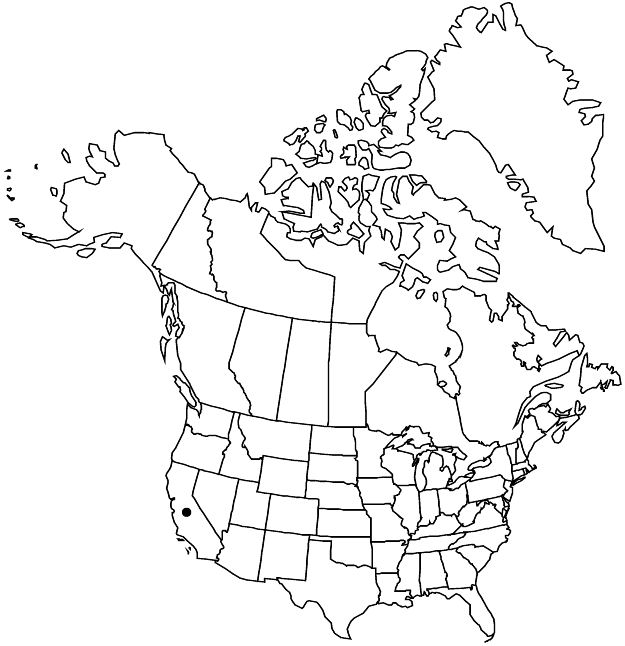Oxalis bowiei
Gen. Hist. 1: 761. 1831.
Herbs perennial, acaulous, rhizomes present vertical, slender or thickened, sparsely scaly, stolons absent, bulbs solitary, ovate, 2–4 cm; bulb scales 5-nerved. Leaves basal, rarely absent at flowering; petiole (4–) 6–16 cm, densely glandular-puberulent; leaflets 3, green to purplish abaxially, green adaxially, obcordate, (12–) 30–60 mm, lobed 1/6–1/3 length, lobes apically convex, often fleshy, surfaces densely glandular-puberulent, oxalate deposits absent. Inflorescences umbelliform cymes, 4–12-flowered; scapes 15–20 cm, densely glandular-puberulent. Flowers heterostylous; sepal apices without tubercles; petals greenish yellow basally, pink to deep rose-pink or red distally, 15–20 mm. Capsules not seen.
Phenology: Flowering Oct–Dec, Apr–Jun.
Habitat: Disturbed areas.
Elevation: 300 m.
Distribution

Introduced; Calif., Africa (South Africa), also in Europe, Asia (China), Australia
Discussion
Oxalis bowiei is a naturalized garden escape in Oroville (Butte County; V. H. Oswald and L. Ahart 1994). Oxalis bowiei Aiton ex G. Don, from the Cape of Good Hope, was described as hoary-pubescent with peduncles about equal in length to the leaves and with red flowers. It perhaps is not the same species as O. bowiei Herbert (1833), provenance unspecified, but the color illustration clearly shows the commonly cultivated plant of contemporary commerce. Apparently neither name has been typified.
Selected References
None.
Lower Taxa
"alternating" is not a number."/6" is not declared as a valid unit of measurement for this property.